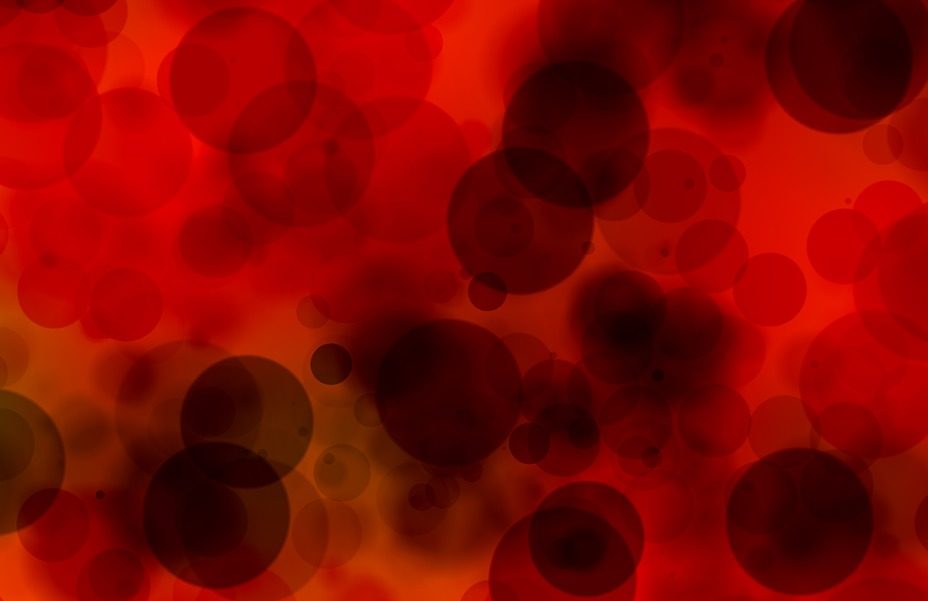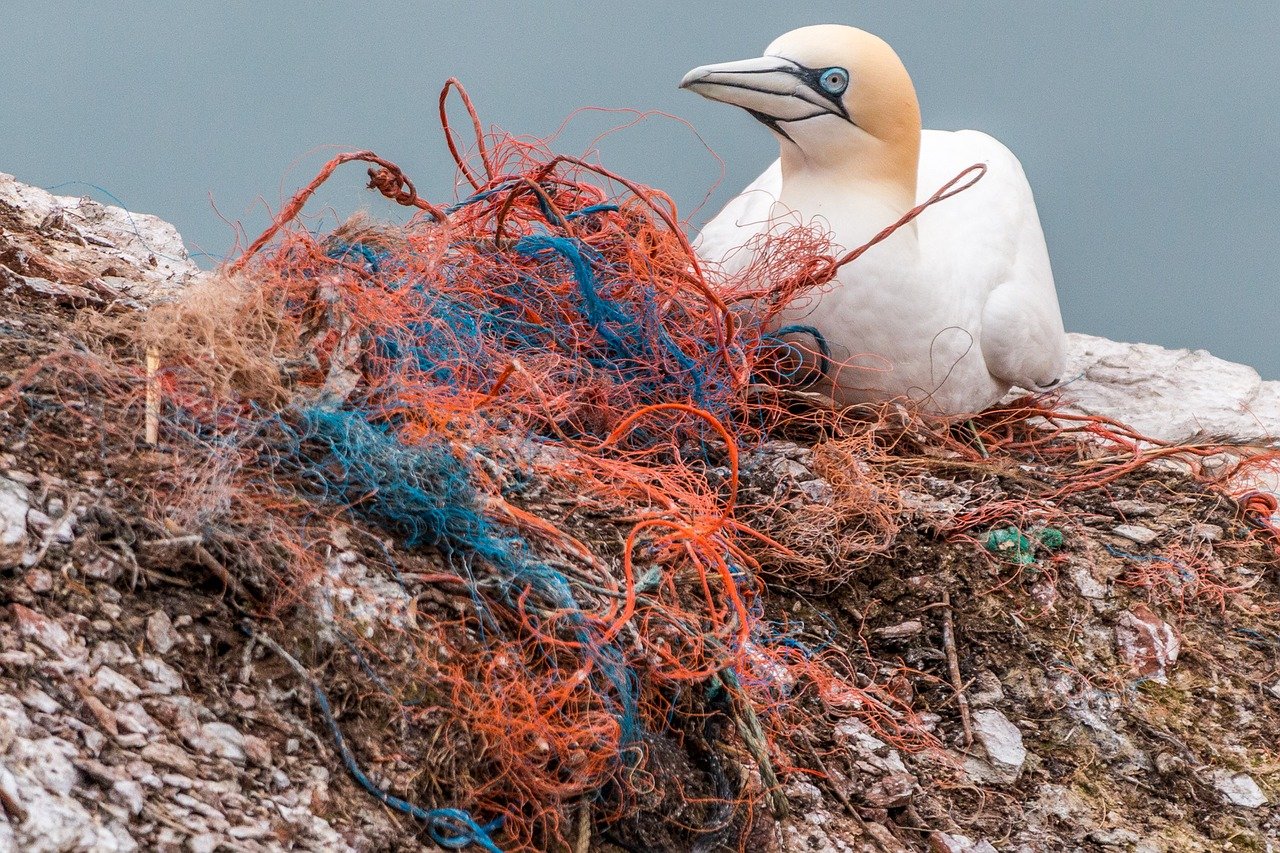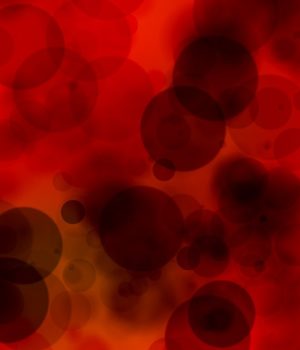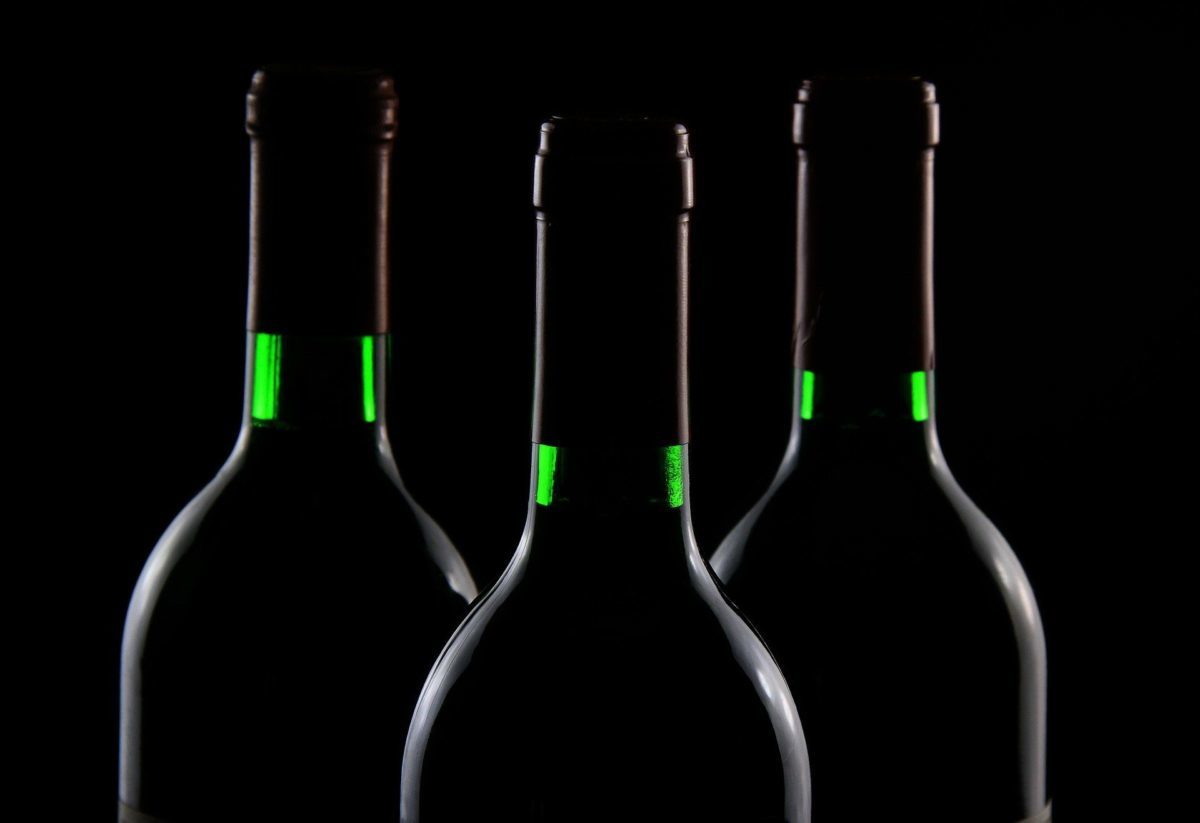What does it mean that they have been discovered? microplastics in the human blood? How can we reduce the impact of these particles? What do the rivers paint Philippines? Discover which countries they come from and the initiatives to alleviate the problem. Let's go!
Microplastics are already in the blood
It probably sounds like a plastic bag takes 400 years en decompose. Now, as time passes, it breaks down into smaller and smaller particles. These are called microplastics and cannot be seen with the naked eye. Thus, we are facing an invisible danger that will have consequences never seen before.
As we well know, there is a lot of plastic in the sea. Furthermore, a study of 2015 for the magazine Nature estimated that every year eight million tons of this material enter the sea. So it would be strange if this had no consequences. The most notable is the ingestion by the animals that live in this environment

Microplastics end up in their tissues and are then passed on to us when we eat them. So worrying is the matter that the Free University of Amsterdam has detected the presence of microplastics in the human bloodstream. His experts created a system to analyze the blood of 22 randomized subjects. They found five different polymers in the 75% of the sample.
What will happen to people?
An investigation of 2020 for the Arizona State University had already discovered the presence of microplastics in human tissues. However, we still do not know as much about the degree of toxicity. Some studies claim that they phagocytize the immune cells of our immune system. In this way, we are unprotected against diseases. Another of the Florida State University He blames them for even more problems.
It concludes that the plastic particles affect the human lung cells. In this way, they alter their shape and slow down their metabolism. And how do they get to the lungs? Well, through the air. Not only the water is contaminated. Rather, microplastics are everywhere. As it degrades, we can breathe in the smallest particles of plastic left in the air.
What can we do?
It is urgent to drastically reduce the use of plastic. Recycling is not enough if a significant part of the plastic cannot be recycled. We must stop manufacturing single-use containers whose existence is unnecessary. Take for example a plastic bag of rice. This allows you to see the product and preserve it well. However, the paper can do the same function. Formerly they were not made of plastic and our grandparents also ate rice.

Worse still is the case with fruits or straws. That is why different governments are already beginning to fence these plastics. It is the case of France, for example, which will phase them out from 2022 to 2026. In fact, the European Union In 2019, it approved a directive for the withdrawal of disposable plastics in member countries. He gave them a period of two years for their transposition into the national legal order. However, the pandemic delayed it a bit.
However, the European Union only represents the 0'6% of plastics dumped into the sea according to the study Our World in Data. Meanwhile, Asia is responsible for 80% of the discharges with 60% of the world's population. Furthermore, what is surprising is that the most polluting country turns out to be Philippinesa 36'38%. Surprisingly, it is well above the India (11%) y China (7%), the most populous countries in the world. In fact, these islands are home to seven of the ten rivers with the most plastic in the world.
Conclusion
Now, how long will we wait until this problem becomes a public health issue? Will the efforts of West If the East does not commit itself in the same way in the fight against the microplastics? We will be watching because it may not take long for experimental technologies to clean ecosystems of plastic to become widespread.







